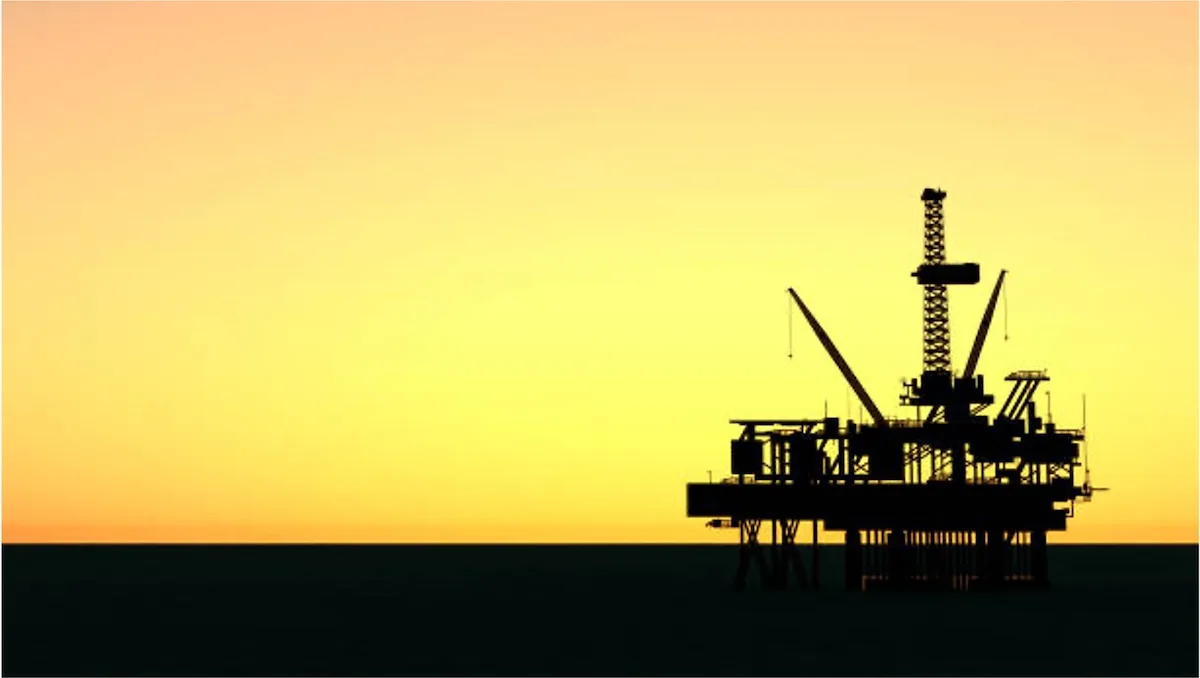
Repurposing JIP
There’s More to Life Than Design Life
All too often when suggesting that we repurpose existing offshore fixed platforms in the Gulf of Mexico (GoM) we hear the argument that once past their design life these structures are not fit for service and simply must be removed (or reefed). For a great many GoM platforms this is simply not the case and there is considerable technical evidence to support the basis for continued safe use well into the future, but with some maintenance being needed. The main key technical aspects when considering repurposing are structural loading, fatigue and corrosion. When considering these it’s useful also to consider the history of steel structures in hostile marine environments, as there are many marine structures that are older than oil and gas platforms and are still performing well today.
Obviously, there are other key factors that will influence the viability of repurposing any specific platform including suitability, location, logistics and economics. All this requires a separate discussion.
Corrosion
Surface rust always looks bad but because of the expansive nature of rust, it usually looks worse than it is. It’s interesting to see survey photos taken after a major painting program. Frequently, structural shapes are still well defined, perhaps with some rounding at edges and pitting, suggesting overall very little metal loss. Secondary steel such as gratings, handrails, etc. may have extensive corrosion. Repairing or replacing these secondary items is not complex or expensive but their neglect can cause safety issues.
All underwater steel is usually cathodically protected, mainly with sacrificial anodes. The design standards for CP tend to be conservative and it’s not uncommon to find a 40-year-old structure still protected by the original 25-year design life anodes. As and when needed, CP is easy and inexpensive to retrofit so maintaining cathodic protection indefinitely is very achievable.
Where there is major corrosion damage, assessment is required. There may be conservancy in design or loads on the structure now that are less than the original (e.g., removal of drilling equipment) which may show that there is still sufficient strength. In the worst case, localized structural repairs may be required.
Fatigue
API-RP-2SIM (Structural Integrity Management) states that cracking due to fatigue is not generally experienced. GoM platforms are designed to withstand hurricanes, the main contributor to fatigue, and these are an infrequent occurrence. A search of the NOAA website indicates that over the last 25 years there have only been around 15 hurricanes of category 3 or greater intensity in the US GoM which supports the API view. Each storm will have passed by or over a very limited number of platforms.
Historic Structures
There are many coastal structures that predate even the earliest offshore platforms and are still performing well today. One great example is in Brighton on England’s South Coast. It’s the Brighton Palace Pier that extends 1722 ft into the English Channel. According to the official website (History Of The Pier | Brighton Pier) construction was completed in 1899. This steel pile and superstructure attraction is still in service today – but with some routine inspection maintenance. Over its 120+ years of service it has survived many extreme weather events including, for example, gale force winds in January 1980 that swept the merchant vessel Athena B ashore just stone’s throw away from the Palace Pier, the extratropical cyclone in 1987 that caused extensive damage in Southern England, and storms Dudley and Eunice in 2022 with wind speeds of more than 120 mph.
Structural Reassessment Process
All this fact-based evidence justifies the case for considering repurposing of GoM platforms at the end of their oil and gas days. While each platform will need to be assessed individually there is justification for developing a well-defined roadmap to identify all key aspects and the logical process for addressing them. This will provide a consistent, logical and fact-based approach to structural reassessment which is key to decision-making for all involved parties.
Let’s Talk
We will help you overcome strategic challenges to realize the business value you seek.
